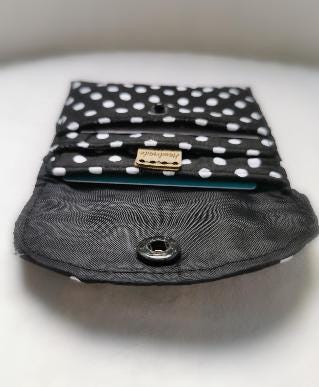Cotton fabric is made from the fibers of the cotton plant, a shrub native to tropical and subtropical regions around the world. The fibers grow in a fluffy, white ball—or "boll"—around the plant's seeds. Once harvested, these fibers are spun into threads and woven or knitted into fabric. Cotton is loved for its softness, breathability, and absorbency.
Cotton has been used by humans for thousands of years. Archaeologists have found evidence of cotton textiles dating back over 7,000 years in ancient Peru and the Indus Valley. By the time of ancient Egypt, cotton was already considered a valuable material. In the 18th and 19th centuries, cotton played a major role in shaping the global economy. The invention of the cotton gin by Eli Whitney in 1793 revolutionized cotton processing, making it faster and more efficient to separate fibers from seeds. This led to a surge in cotton production, particularly in the American South, though it was also deeply tied to the era’s dark history of slavery. As the Industrial Revolution progressed, cotton became the backbone of the textile industry, feeding the looms of British and American mills and helping to drive economic growth. Today, cotton is grown in over 80 countries and remains one of the most widely used natural fibers on the planet.
The journey from fluffy cotton boll to soft fabric is a fascinating one. After harvesting, the raw cotton is ginned to remove seeds and plant matter. The clean fibers are then carded—combed to align the strands—and spun into yarn. This yarn can be woven or knitted into fabric, depending on its intended use. Woven cotton, such as percale or denim, is made by interlacing threads at right angles. Knitted cotton, like jersey, is formed by looping the yarn together, giving it more stretch and softness—perfect for T-shirts and stretchy garments. Before it reaches store shelves, cotton fabric may be dyed, printed, or finished to enhance softness, prevent shrinking, or resist wrinkles.
There are good reasons cotton has been a wardrobe staple for centuries: Breathability: Cotton allows air to circulate, helping your skin breathe. This makes it ideal for hot, humid climates and for active wear.
Softness: Few fabrics feel as naturally soft and gentle as cotton. It gets even softer with washing, making it perfect for clothes, sheets, and baby products. Hypoallergenic: Cotton is a natural fiber that typically doesn’t irritate the skin,which is why it's commonly used in medical gauze, bandages, and baby clothing.
Absorbency: Cotton can absorb up to 27 times its own weight in water. That’s why it’s used in towels, bathrobes, and other items that need to soak up moisture.
Versatility: From rugged denim jeans to delicate lace trim, cotton can be woven into countless textures and finishes.
Where is cotton used?
Clothing: T-shirts, jeans, dresses, underwear, socks—you name it, cotton is probably in your closet.
Home textiles: Bed linens, towels, curtains, upholstery, and rugs are frequently made from cotton for their softness and durability.
Industrial uses: Cotton is used in medical supplies, tents, book bindings, and even some paper products.
Fashion and design: Cotton can be easily dyed or printed, making it a designer favorite for vibrant, comfortable clothing.
With the rise of synthetic fabrics like polyester and nylon, one might wonder why cotton is still so prevalent. The answer lies in comfort and sustainability. While synthetics are often cheaper and more wrinkle-resistant, they don’t breathe like cotton. They can trap heat and moisture, leading to discomfort over long periods. Cotton, on the other hand, feels natural on the skin. It doesn’t generate static electricity, doesn’t cling uncomfortably, and rarely causes allergic reactions. Plus, cotton is biodegradable and renewable, whereas most synthetics are petroleum-based and contribute to microplastic pollution.
Taking care of cotton fabric is simple, but a few tips can help extend its life:
Wash in cold or warm water to preserve color and reduce energy use.
Avoid high heat in the dryer, as cotton can shrink.
Iron on a medium setting if needed, although many modern cotton fabrics are pre-shrunk or wrinkle-resistant.
Store in a cool, dry place, especially for long-term items like linens or seasonal clothes.
Despite the invention of countless high-tech fabrics, cotton has never gone out of style. Its comfort, versatility, and familiarity make it a fabric that generations have trusted—and continue to rely on.


